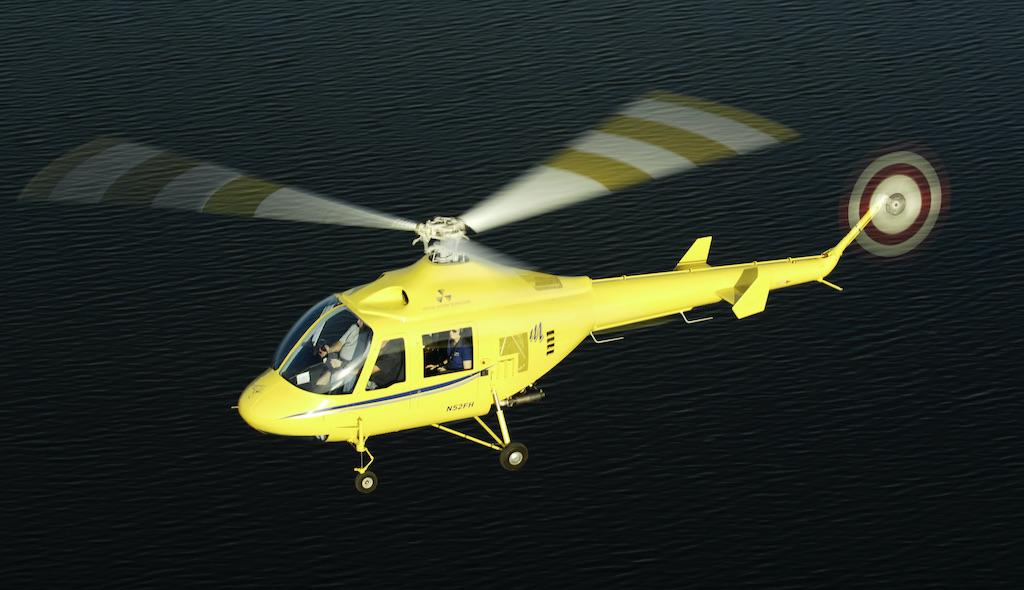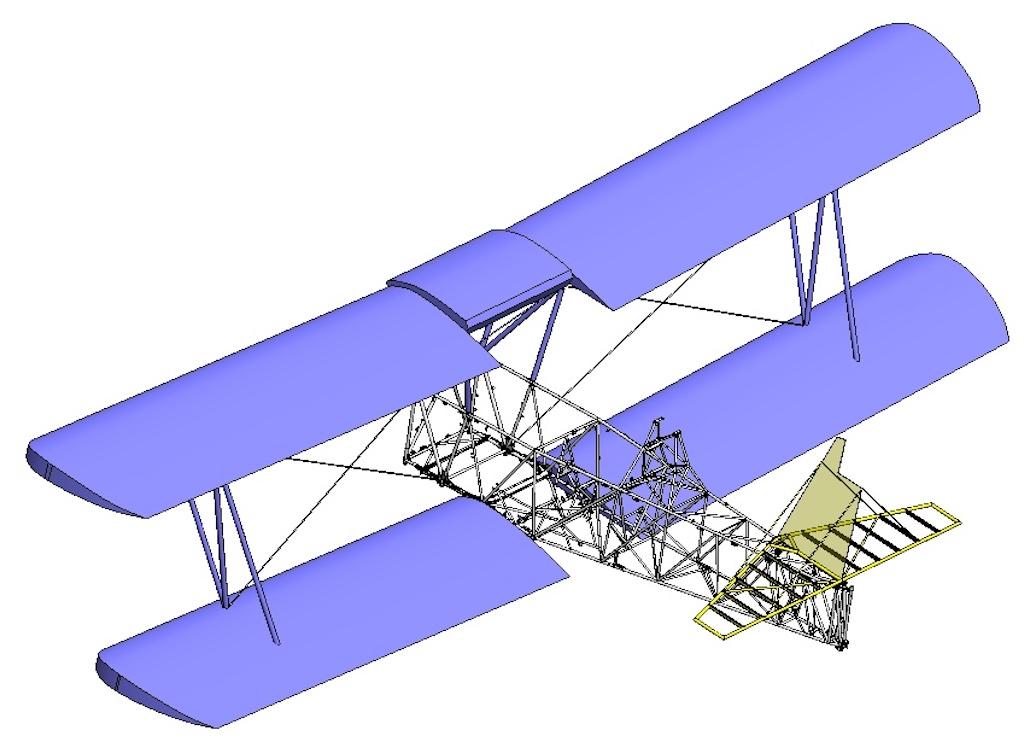Breathing New Life Into Older Models

Aircraft manufacturers in the U.S. plan to reintroduce modernized versions of older helicopter and biplane types, according to recent announcements.
Sanford, Florida-based Vertical Aviation Technologies (VAT) is seeking a strategic partner to advance the four-place S-52L helicopter, originally a Sikorsky design, to the commercial market.
VAT since 1991 has manufactured and sold Hummingbird series rotorcraft as customer-built experimental kit helicopters after acquiring engineering and flight-test data and drawings from Sikorsky. The company said it recently acquired the type certificate for the S-52 from Sikorsky and plans to amend the certificate with new modifications and technology for commercial sale.
“We are seeking a strategic partner who shares our vision and can provide the needed capital,” VAT President Brad Clark said in an April 27 release. “Since the acquisition of the type certificate, now is the time to enter the commercial marketplace. The certification and production effort is virtually risk-free based on 33 years of manufacturing and selling Hummingbird kits. Like the Epic and Lancair aircraft that began as experimental kits and were then certified, we are following that same path plus we own the existing type certificate.”
The Hummingbird S-52L is a four-place tandem seat helicopter powered by a six-cylinder fuel-injected Lycoming IO-540 engine. It has been redesigned and modified from the original type to meet later FAA requirements.
Basic design parameters of the airframe, rotor system, transmission and landing gear remain similar, however the tail surfaces, main and tail rotor blades, fuel system, instrumentation, flight controls, fuselage, nose/windshield, cowling and interior have been redesigned.
Safety features of the S-52L include Part 27 occupant safety requirements addressing fuel crashworthiness, seat and surrounding structure; energy absorbing wheeled landing gear; automatic collective pitch reduction in the event of powerplant failure; and no control restrictions/mast bumping with the three-bladed rotor system.
VAT said extensive pre-certification testing has been completed on the new S-52L design, which is 3D modeled.
New Life For The Ag-Cat

Storm Aeronautics of David City, Nebraska, has contracted engineering firm Aeronautix to collaboratively develop a prototype and pursue FAA supplemental type certification (STC) of an extensively modified Grumman G-164A/B Ag-Cat biplane.
Major planned upgrades to the 1950s-era agricultural aircraft include a gross weight increase to 10,000 lb.; a new PT6-140AG engine; increased fuel capacity and range; an increased hopper size to 500 gallons; a larger cockpit and other operational and safety-oriented features.
Full scale instrumented structural testing of the wings, fuselage, engine mount and tail section has been completed at the Storm Aeronautics facility and shown measurable new capabilities of the Ag-Cat design, said Aeronautix, which is based in Wichita, Kansas. The G-164 wings have been loaded with 200% of their original limit load.
Following validation of CAD/FEM (finite-element method) models, the changes will be evaluated using computer simulations. Plans call for the companies to build a prototype aircraft and begin STC certification testing.




